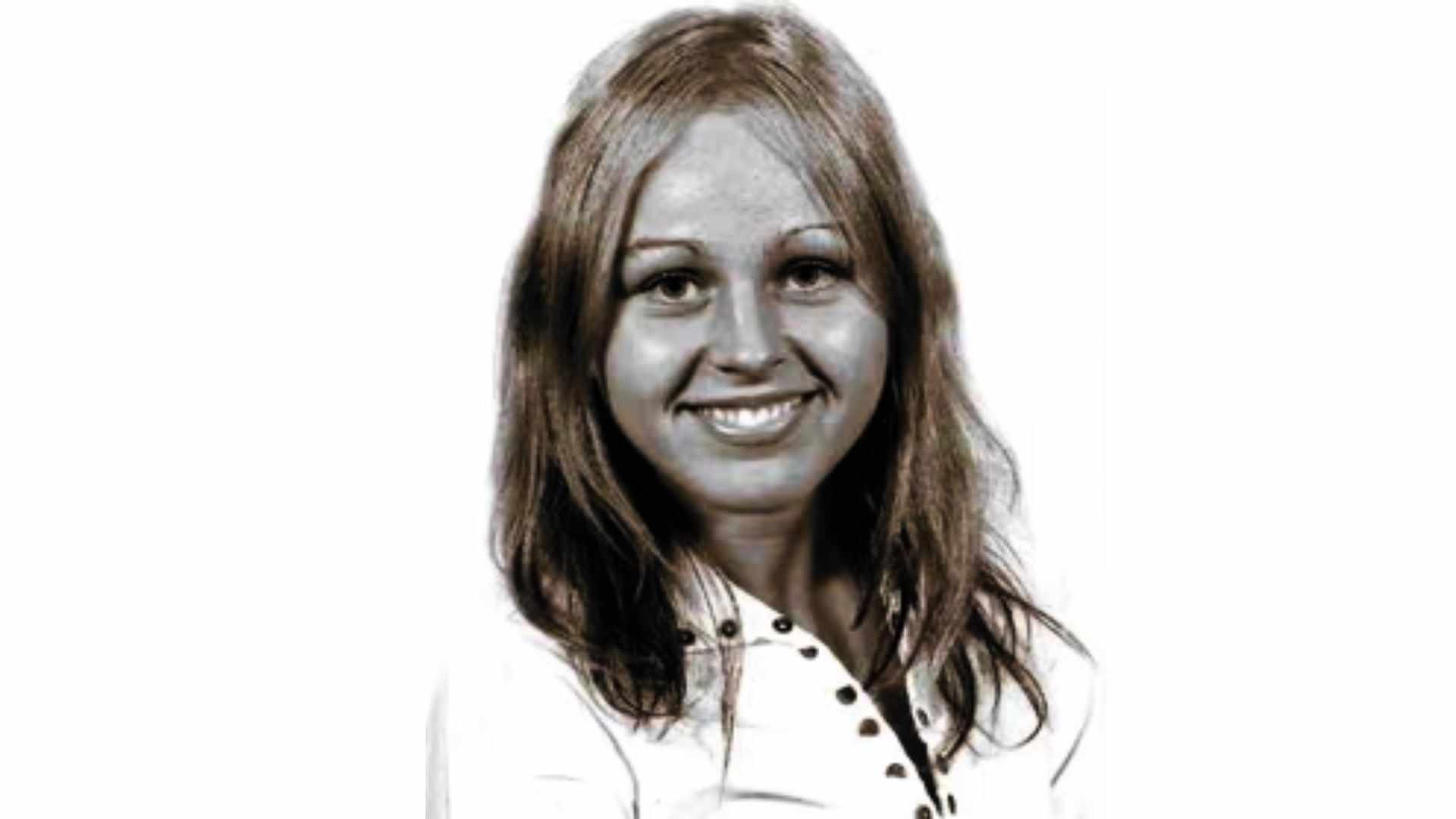The Dutch Police are using an innovative life-size hologram to solve the cold case of Bernadett Szabó, a sex worker murdered in Amsterdam in February 2009. The hologram, created using 3D technology, features Betty—who was 19 at the time of her death—sitting on a stool in Amsterdam’s Red Light District. The hologram knocks on the window, causing the glass to fog up, with the word “help” appearing on it. The image also displays Betty’s large dragon tattoo across her stomach and chest.
This creative approach is part of a broader effort to encourage people with information about the murder to come forward. A house near the crime scene has been dedicated to the investigation, with windows covered in large stickers and TV screens showing images related to the case. This initiative is aimed at reaching out to potential witnesses who may not have spoken up previously.
Benjamin van Gogh, coordinator of the Amsterdam Wanted and Missing Persons Team, explained that it’s challenging to determine what might prompt people to share information. He noted that Betty’s hologram is intended to create a personal connection with her, helping informants understand who they are helping. He further stated, “In this type of case, we always try to put a face on a victim, so that informants know who they’re doing it for, and the hologram is a way of taking this a step further.”
Szabó, originally from Nyíregyháza, Hungary, moved to Amsterdam at 18, where she worked as a sex worker in the Red Light District. Despite becoming pregnant, she continued working until she gave birth in November 2008. Her child was later placed with a foster family. Betty was found stabbed to death on February 19, 2009, after two fellow sex workers arrived at her room and discovered her body. Despite extensive investigations over the past 15 years, the case remained unsolved.







